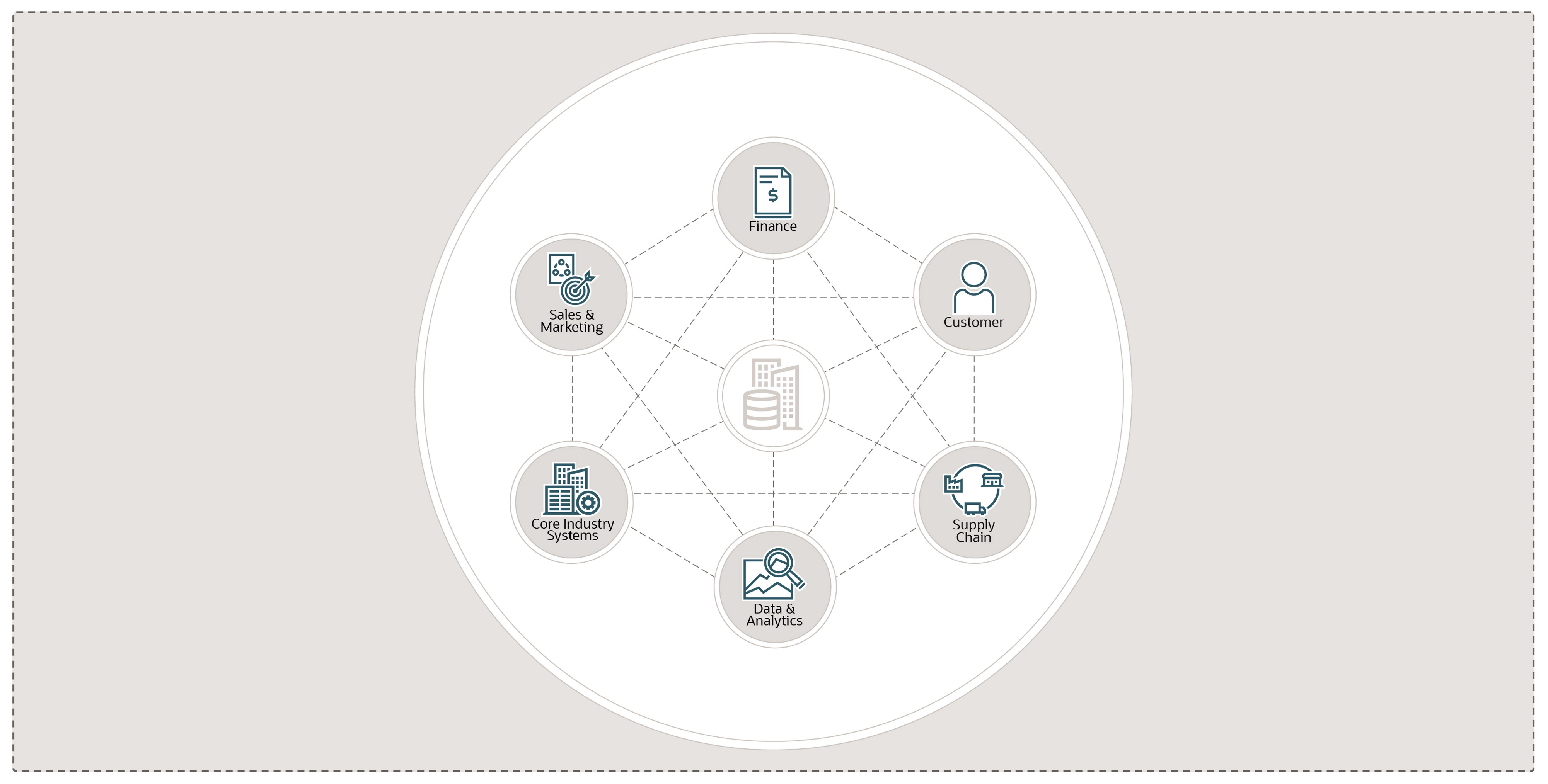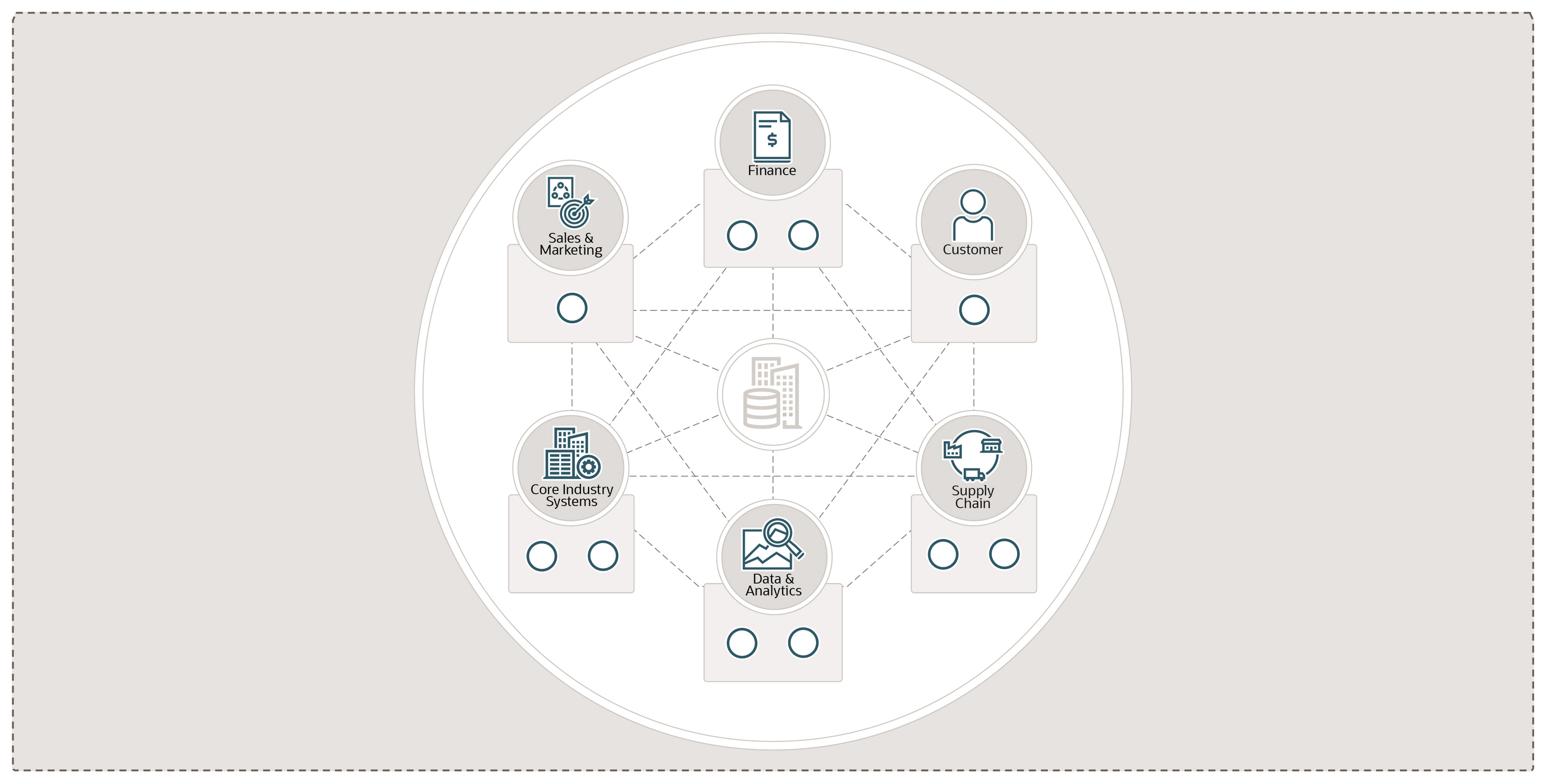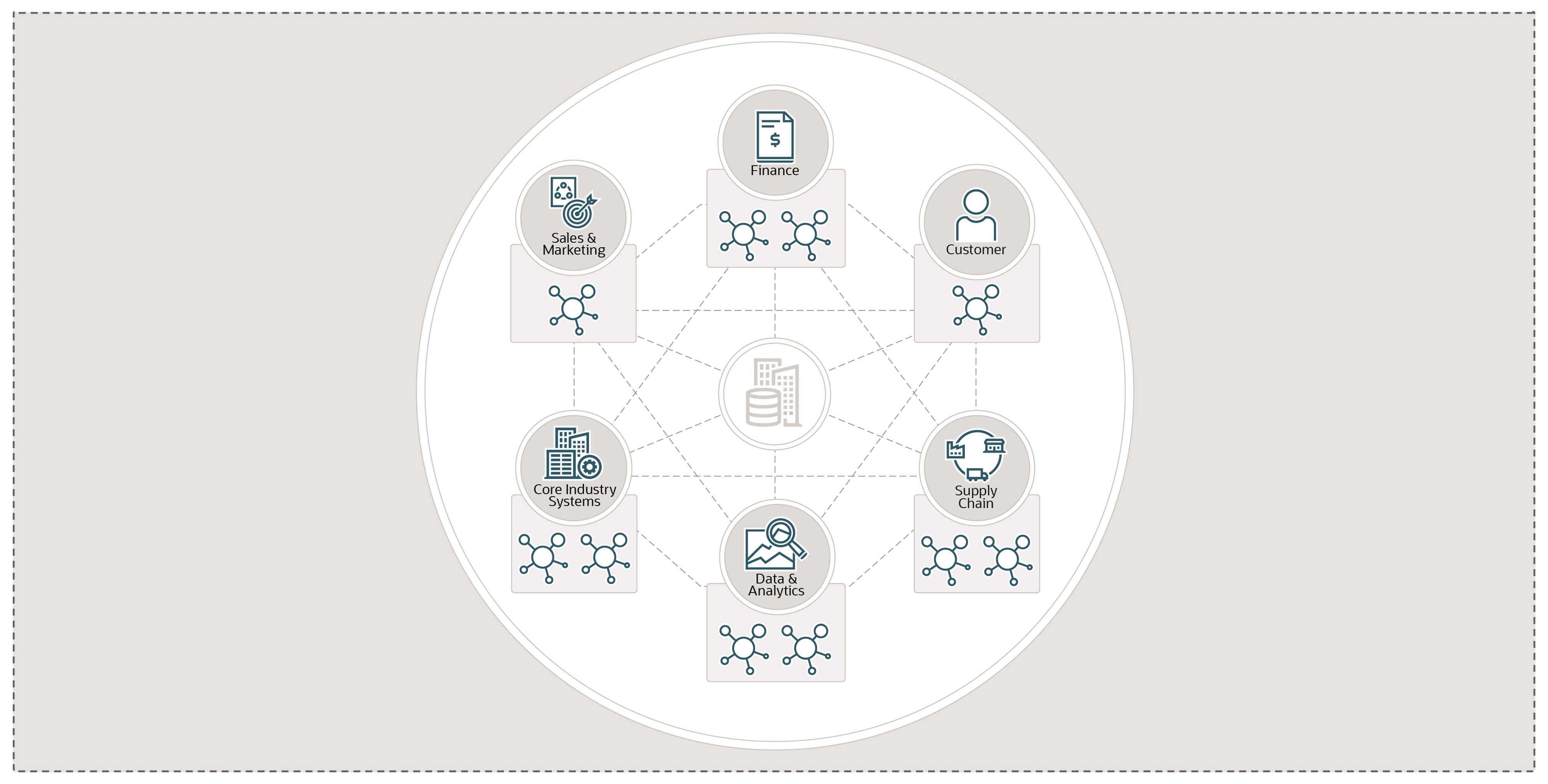Migration Strategies
Any organization that chooses to make use of public cloud has, in effect, already created a hybrid environment of on-premises. Whilst there are varying definitions of hybrid cloud (some stricter than others) the common factor across all the definitions is that the organization is connecting on-premises IT infrastructure with public-cloud infrastructure to achieve a business outcome. We prefer to take a broad definition based on this common agreed factor and to avoid the arguments which are usually unhelpful.
Thus it it is our view that any organization using public cloud in any form has already de facto become the user of a hybrid cloud environment.
For large companies who are looking to adopt cloud it is sometimes difficult to know where to start. There are a broad range of approaches that could be adopted, and many companies will find that they will need a combination of different approaches for different aspects of their IT organization.
To look at the different options, let’s introduce a high-level abstraction of an IT estate, with a top-level focus on business ownership and an application viewpoint. We have chosen this approach because while some cloud migrations can have very little impact on the business (e.g. a simple vm migration), the majority of higher value migration approaches will have a significant business and operational impact, and so business sponsorship and partnership is perhaps the most critical success factor.
In general, applications within an IT estate will have business owners at “C” level, so let’s think of the entire estate being broken down into discrete line-of-business groups :

Of course, there are a huge number of integrations within those groups, but there are also broader integrations between line-of-business groupings, and for the purposes of this analysis, we will highlight these integrations.

Each line-of-business area will typical have a fairly small number of core applications - for Sales this might be a CRM application, for Finance this would be the general ledger, and for Human Resources, this is typically a consolidated HCM application

However, in addition to these core applications, we tend to see clusters of smaller applications that plug the gaps in the strategic core systems. For example while most HCM systems are fairly complete, it is common to see recruitment or learning delivered by dedicated systems. Similarly, in finance, around the core general ledger there may be various procurement systems or specialist systems for discrete business functions such as financial planning or treasury.

So, this is the view of the enterprise that we will use. It’s unapologetically focused on on a limited set of dimensions, and we have arbitrarily chosen six lines of business. You organization will be very different, but we hope that thinking about your IT estate in this way will aid you in thinking strategically about cloud adoption.
Let’s look at the main cloud adoption approaches in use today: )